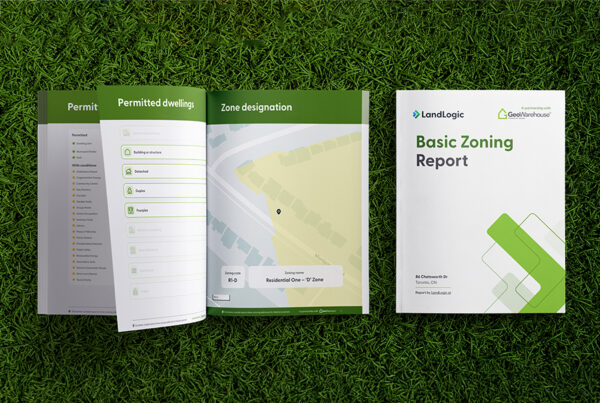
 Last week, the Canadian Department of Finance unveiled plans to change Canada’s mortgage stress test for uninsured mortgages.
Last week, the Canadian Department of Finance unveiled plans to change Canada’s mortgage stress test for uninsured mortgages.
Minister of Finance, Bill Morneau, announced on February 18, 2020 that the benchmark rate used to determine the minimum qualifying rate for insured mortgages — also known as the “stress test” — will be the weekly median five-year fixed insured mortgage rate from mortgage insurance applications, plus 2%.
These changes will come into effect on April 6, 2020.
This follows a recent review by federal financial agencies, which concluded that the minimum qualifying rate should be more dynamic to better reflect the evolution of market conditions.
“Overall, the review concluded that mortgage standards are working to ensure that home buyers are able to afford their homes even if interest rates rise, incomes change, or families are faced with unforeseen expenses,” the Department of Finance stated in a release.
“This adjustment to the stress test will allow it to be more representative of the mortgage rates offered by lenders and more responsive to market conditions.”
Minimum Qualifying Rate For Uninsured Mortgages
On the same date as the insured mortgage announcement, the Office of the Superintendent of Financial Institutions (OSFI) also announced that it is considering the same new benchmark rate to determine the minimum qualifying rate for uninsured mortgages.
The proposed change would go into effect at the same as the insured mortgage stress test, on April 6.
OSFI is seeking input from interested stakeholders on this proposal before March 17, 2020.
Give your feedback here: http://www.osfi-bsif.gc.ca/Eng/osfi-bsif/med/Pages/nr20200218.aspx
What This Means For Canadian Real Estate Professionals
More purchasing power
The stress test change could mean that homebuyers will be able to purchase more home.
As reported by CBC News, Ratehub.ca co-founder James Laird calculated that under the old rules, a buyer with an annual income of $100,000 with a 10% down payment would have qualified for a mortgage at 2.89% and could buy a home valued at $511,424.
Under the new rules, however, that same buyer can now afford a home valued at $526,632 — more than $15,000 higher.
Dr. Sherry Cooper, Chief Economist at Dominion Lending Centres, estimates it might boost buying power by 3%, but the psychological boost could be higher.
“While it might boost buying power by just 3% (depending on what the new benchmark turns out to be on April 6), the psychological boost will be positive,” Dr. Cooper said.
“Homebuyers—particularly first-time buyers—are already worried about affordability, given the double-digit gains of the last 12 months.”
It should make it easier to pass the stress test
The benchmark change should make it easier for Canadians to pass the stress test, and therefore easier to buy a home.
The new stress test means that borrowers with insured loans will have to qualify at the greater of either the borrower’s contract rate, which is the mortgage interest rate agreed to by the lending institution and the borrower, or the new benchmark rate.
The Department of Finance verified that it could reduce the qualifying rate by about 30 basis points if contract rates remain at roughly today’s levels.
Home prices may go up
The spring real estate market was already predicted to be buoyant, but this could make it even more so.
With housing supply tight, the new stress test rate could send home prices up even further, especially in areas like the GTA.
Mortgage Professionals Canada CEO Paul Taylor said in an interview with BNN Bloomberg:
“I think the lack of supply is really what is causing the increase in those prices. There are just far more people than there are housing products available for them. This particular change…is not really going to affect the prices in isolation. I think it’s the rest of the dynamics in the market that are going to create the increases that everybody is expecting.”
Doug Porter, Chief Economist at BMO Bank, also noted that extending similar qualifying rate changes to uninsured mortgage stress testing could “put further upward pressure on prices, especially in markets that are already leaning to a seller’s market.”
Share Your Thoughts on the Mortgage Stress Test Changes
What do you think of the mortgage stress test change? Share with us on social media. GeoWarehouse is on Twitter, Facebook, and LinkedIn.
Find in-depth property data that helps real estate sales professionals navigate changing mortgage rules, housing supply, home prices, and beyond. GeoWarehouse has property tools that make you the expert. Learn more by calling 1-866-237-5937 or visiting www.geowarehouse.ca.







